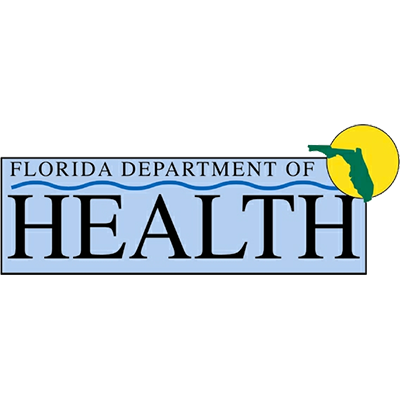Exercise has a long history as a secondary treatment for substance use disorders. Many people who treat patients for substance abuse every day will tell stories of the positive effects that can be attained with the introduction of an exercise regimen, especially in those patients who may have been living a sedentary lifestyle while dependent on drugs or alcohol. I have also talked to many individuals who are now sober, and many of those individuals point to exercise of different types as a source of enjoyment and relaxation in a sober life. A study by researchers Zhang and Yuan called exercise both safe and effective as an adjunct treatment for substance use disorders, and their research included both human and animal trials, all showing positive effects from exercise for a variety of reasons.
One other study performed on humans recently interested me the most, as it was a neurobiology study of the therapeutic effects of exercise in both treatment and prevention of addiction. For many years now, I have understood addiction as a disease of the brain. If you are a person that is seeking drug rehab options for yourself or a loved one, you will soon be learning more about addiction as a disease. Before I even knew all the intricacies of how drugs and alcohol can affect the bodies of people suffering from addiction, I saw a presentation of how addiction affects the human brain. To put it simply, addiction seems to cause such grievous harm to the delicate chemical balances in the brain that the people who are dependent on drugs or alcohol cannot effectively make rational decisions. The chemical imbalance caused by opiates, as an example, seems to cause reordering of priorities in the affected brain. This new order of priorities seems to defy all basic human impulses, as addicts will cause destruction in their own lives and families because of the drive to get the opiates, or painkillers, needed to avoid sickness and pain from withdrawal. Understanding the process that leads the brain to that point makes it easier to understand that an addict is an impaired decision-maker, not a morally corrupt person who does not care about loved ones or themselves. For that reason, and with that understanding, it is very interesting that there is so much new research on how exercise seems to cause the brain to be less likely to become addicted and causes people in sobriety to be less likely to relapse. Those are two incredibly valuable outcomes in the world of drug rehabilitation and treatment. I am writing for a center called Florida Springs, and if you or a loved one is seeking treatment for drug or alcohol addiction in Panama City, Florida or anywhere else, you should know that Florida Springs’ staff takes exercise seriously, and patients have access to a workout gym and yoga facilities while in treatment at Florida Springs Wellness and Recovery Center.
The way that exercise can affect the brains of adolescents is especially important to this entire exercise and addiction equation. The second study that I cite below is a study on the human brain, but specifically on the brains of adolescent people. We know, from years of research, that the brains of younger people are especially damaged by substance abuse. This study looks at both the effects of substance use on the brain and the effects of exercise on the treatment and prevention of addiction. I am a layman, not a scientist, but the results seem very encouraging to me. These scientists ultimately concluded that exercise causes young people to be less likely to become addicted to substances like drugs and alcohol later in life. Exercise seems to affect the “reward” systems in the brain, such that kids who exercise regularly could be less likely to suffer from substance use disorders later in life. That is a message that I believe should be heard by everyone. Not only can exercise help adults get sober and stay sober, but it can help kids lead a happier and healthier life. Not just because exercise is healthy, but because it makes the brain less susceptible to addiction. Simply amazing.
By Tim Cannon
References
Zhang L, Yuan TF. Exercise and substance abuse. Int Rev Neurobiol. 2019;147:269-280. doi:10.1016/bs.irn.2019.07.007
Nock NL, Minnes S, Alberts JL. Neurobiology of substance use in adolescents and potential therapeutic effects of exercise for prevention and treatment of substance use disorders. Birth Defects Res. 2017;109(20):1711-1729. doi:10.1002/bdr2.1182



